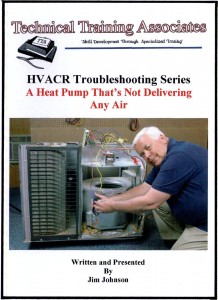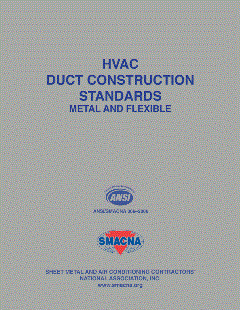When selecting inverter driven systems, the contracting community tends to ignore sizing issues because the popular belief is: The system will run only as necessary — you can’t oversize.
Nothing could be further from the truth. Proper sizing remains a fundamental in hot, humid climates. To be sure, inverter systems are here to stay and are valuable at shedding shoulder-month KWh. While the equipment may have ability to enhance humidity control during a normal run cycle with proper thermostat programming, a contractor will fight a losing battle when sizing is ignored.
When we think about the issue rationally, the concept becomes clear. The home is a container with specific dimensions and leakage. When we oversize the refrigerant delivery system, we are placing a life sentence on the equipment to continually underperform with respect to humidity removal. To address latent capacity, we must have an evaporator cold enough to wring out moisture without overcooling the space. Oversizing will provide an effectively smaller refrigerant capacity to handle fore mentioned specific space and infiltration along with internal latent loads. While the sensible load may remain balanced for a short time, latent loads continue to gather, producing high humidity.
There also remains the issue of making sure the system sold has the ability to cool the space installed within. Where performance is concerned, nominal tonnage is a term that needs to be removed from the contractor’s vocabulary. When dealing with today’s equipment, there is a capacity penalty for higher EER. It is imperative a load calculation be performed to minimize the probability of failing to calculate the load on the home. Diligence with respect to Manual S is the contractor’s responsibility in correcting performance of equipment to ensure capacity delivery. Adjusting performance should be researched long before equipment is purchased. Every combination of equipment may have dramatically different profiles on how sensible and latent loads are addressed.
When installing inverter driven systems, we need to remember the terminal devices (grille for conversation). The grille is specifically designed to flow between 600-900 fpm. Anything less, and air will not reach intended targets. Anything more, and the terminal becomes noisy and adds resistance to the air delivery. When we allow the indoor section (blowers) to match inverter speeds over the entire duct system, we kill grille performance. There must be a strategy to keep air flow speeds up in the duct to take advantage of effective air delivery. Additionally, when airflow within ducts is low, there is a potential for cold air in the duct to overcome insulation levels and cause condensation (reaching dew point) on the outside of the duct in hot and humid regions of the country. This can lead to failure of product used in sealing the ducts and plenums. Contractors need to become familiar with zoning areas to match inverter delivery rather than allowing the entire duct system to modulate with inverter demand. This can solve the issues of low velocity that degrades grille performance and low duct temperatures that can affect sealing materials.
When operating inverter driven equipment, contractors need to educate homeowners that much like heat pumps, we should set the thermostat, and forget the thermostat. The equipment has the ability to sense very small temperature changes that help anticipate necessary refrigerant flow to keep pace with the load on the home. This benefit has a drawback when we adjust the thermostat manually. We can demand full capacity with relatively little adjustment. If a home is operating at part load (93 percent of the time) it is easily driven to 100 percent capacity by adjusting the thermostat 3°-5°F. This practice of unknowingly driving systems to maximum capacity will negatively impact a customer’s bill.
Ultimately, a properly installed inverter delivery system will save consumers money. The varied conditions and construction restrictions are the contractors’ challenge to overcome. If you take your job seriously, you understand how difficult it can be.
Publication date: 12/4/2017
Want more HVAC industry news and information? Join The NEWS on Facebook, Twitter, and LinkedIn today!











